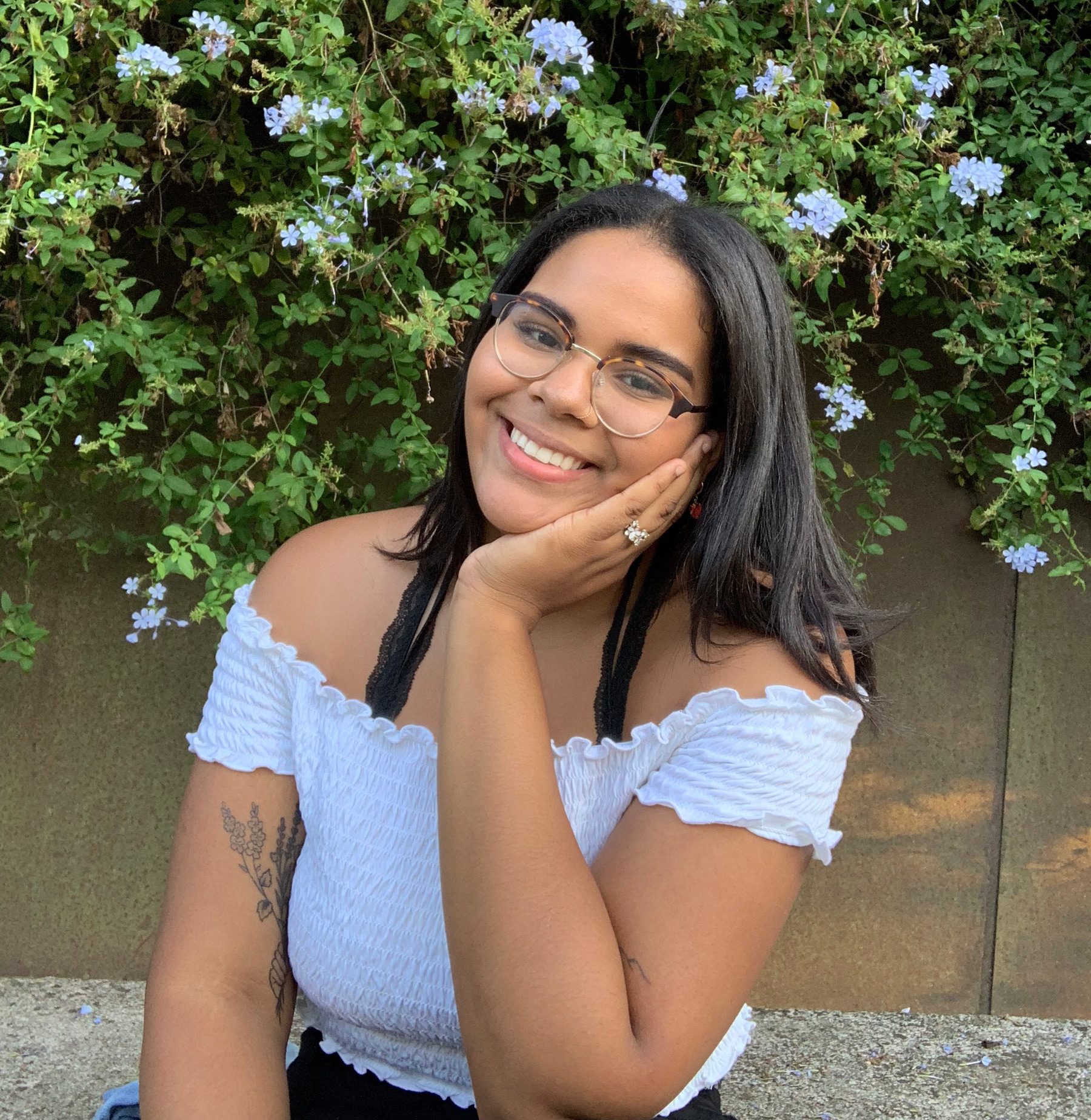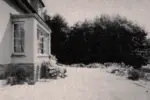You might have heard of The Museum of Ice Cream or the Museum of Illusions. How about the Dream Machine in Brooklyn? What about the Color Factory? Maybe you don’t recall the name of these spaces, but there are pretty good odds you’ve seen influencers or even hometown friends posing in them. You might have even visited one yourself. These pop-up-art-collective-meets-museum hybrids are taking the art world by storm and Instagram is to blame.
The Dream Machine in New York City comes with the hefty price of $38, but its online-famous blue ball pit and fluorescent hallways make it any Instagrammer’s playground. While the price tag may make you reconsider your trip, it hasn’t stopped others. You’d have to scroll for weeks to see every post the Dream Machine location has been tagged in on Instagram.
The first museum of this kind was the Museum of Ice Cream in New York’s trendy SoHo neighborhood back in 2015 and it has been changing the world of Instagram and museums since forever. Since then, the number of these types of interactive art installations have skyrocketed. It has influenced the invention of art museums like Rosé Mansion, Color Factory, Museum of Pizza and The Egg House, not just in New York but across the U.S. and abroad. The Museum of Ice Cream has since had pop-ups in San Francisco, Los Angeles and Miami with many other successful museums doing the same.
Why Are They so Popular?
In a world ruled by selfies and social media, these interactive, brightly decorated, themed spaces make the perfect Instagram backdrop. The idea of these museums would be fun in any decade, but the prevalence of social media has added a layer of desirability and, not to mention, profitability to these museums. After all, isn’t Instagram just a place to trade photos of commodities?
In these museums, patrons become the art. The space is made to be photographed with human subjects as its focus. The works are created to be Instagram picture ready. This is what makes them different.
Traditional art is stationary and usually the most notable things about them is who created them, how beautiful they are or their historical significance. When talking about Instagram museums, none of that matters. It’s not about who designed the art and most certainly it is not about any historical context. It’s also not about the beauty of the art because rarely are these eye-catching spaces captured without a human subject as its focus. The art in these museums are more accessories than pieces meant to stand on their own.
Perhaps the most interesting thing about the popularity of these collectives is that their very purpose helps promote them. When you wear a shirt with a brand name plastered all over it, you are creating free advertisement for that brand. When you take a picture inside of a tub of sprinkles and tag it in an Instagram post, you are giving the Museum of Ice Cream free marketing. People see the museum online, they go, they take pictures, they post those pictures online and then other people see those photos and decide to go too. Rinse and repeat. Every time.
Are These Museums Real Museums?
There’s been debate as to whether these pop-up-art-collective-meets-museum crossovers can legitimately be called museums. Or if the art inside of them is “real” art.
Museums are by definition meant to store objects of cultural interest. Using this definition then, yes, technically these collective art spaces are museums. Others disagree. Museums store items of high value, not just in the monetary sense but also in a cultural and historical sense. This is why giving a ball pit intended for Instagram posts the title of “museum” might not sit right with some.
Assessing what is displayed in these pop-ups is another issue. After all, art is subjective. There is no rule book. To some, “real” art must have a deep meaning or exhibit a difficult technique. But to many, any form of creative expression is art. However, the issue many people have with these collectives is that even if it is real art, it isn’t genuine enough. Many consider it to be solely created for the monetary gain — thus, taking the sincerity out of the piece. But those who hold this opinion should not ignore that even the greatest painters once painted to make a living.
The bottom line is that there is no answer. At least not an easy one. There are many arguments thrown around about what exactly this new class of museums are, but only time will tell how influential they’ll be over the museum world in the future.
Times Are Changing
On the flip side, many wonder if these spaces are cheapening the idea of museums. How is it possible that a place that houses the Mona Lisa and one that has a life-size egg carton you can take photos with have the same title? It’s also hard to imagine that the experience one gets in the pastel wonderland that is the Color Factory is even similar to that of the 10 million who visit the Louvre each year. Are the people at the Rosé Mansion there to admire the art or for the photo-op the art provides?
But in today’s world, who is to say that snapping a photo in front of art isn’t our way of admiring it? Time and time again new things are introduced into the world that change what was previously in place. This might be one of those times. These spaces may permanently change what we consider a museum and what is considered “real” art. Pop-up collectives are rapidly changing and redefining the purpose and format of the museum. Places like the iconic Louvre or Metropolitan Museum of Art will always be around to preserve classical art. But pop-up art museums may now have become our generation’s way of merging our constant need to digitally collect moments and our human need to admire art.

















